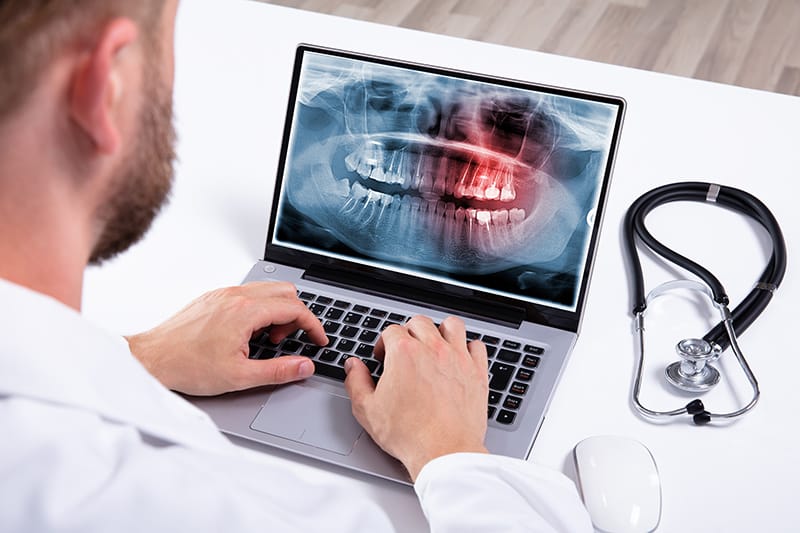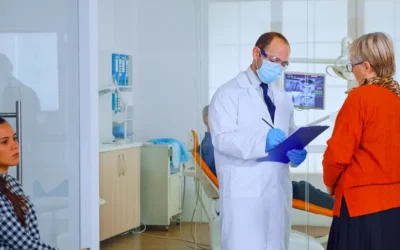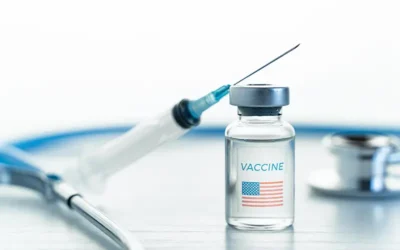Alveoloplasty is a common dental procedure done to reshape and smoothen out the jaw where a tooth or teeth have been extracted or lost. It can be done in conjunction with tooth extraction or after healing. Dentists can rely on experienced dental billing companies to report diagnoses and procedures performed correctly in dental claims.
Alveoloplasty reshapes and contours the jawbone’s natural structure that may have been lost due to bone loss from tooth extraction or other reasons. It can speed up the healing process and reduce blood loss after extraction of multiple teeth. In most cases, the procedure is typically performed in office during the extraction procedure.
According to the American Association of Oral and Maxillofacial Surgeons (AAOMS), alveoloplasty with extractions is recommended in conjunction with multiple extractions for irregular alveolus with sharp bony projections, for pre-prosthetic bone contouring, prior to radiation therapy for head and neck malignancy, and prior to cardiac surgery with valve replacement. The procedure can also be done in conjunction with any medical diagnosis where there is a risk of complications from oral infection.
CDT and ICD-10 Codes to Report Alveoloplasty
CDT codes
- D7310 – alveoloplasty in conjunction with extractions – four or more teeth or tooth spaces, per quadrant (used when bone recontouring is performed involving four or more teeth or tooth spaces)
- D7311 – alveoloplasty in conjunction with extractions – one to three teeth or tooth spaces, per quadrant
Extraction codes
These codes describe the anatomical area of bone encompassed in the alveoloplasty.
- D7140 – extraction, erupted tooth or exposed root (elevation, and/or forcep removal). (The code description includes routine removal of tooth structure, minor smoothing of socket bone and closure as necessary.)
- D7210 – surgical removal of erupted tooth requiring removal of bone and/or sectioning of tooth, and including elevation of mucoperiosteal flap if indicated. (The code description also includes the minor smoothing of socket bone and closure.)
ICD-10 Codes
ICD-10-CM diagnostic codes indicate the specific reason for performing the extraction(s):
- C03 Malignant neoplasm of gum
- C03.0 Malignant neoplasm of upper gum
- C03.1 Malignant neoplasm of lower gum
- C03.9 Malignant neoplasm of gum, unspecified
- C41.1 Malignant neoplasm of mandible
- C79.89 Secondary malignant neoplasm of other specified sites
- D10.30 Benign neoplasm of unspecified part of mouth
- D10.39 Benign neoplasm of other parts of mouth
- D16.5 Benign neoplasm of lower jaw bone
- D00 Carcinoma in situ of oral cavity, esophagus and stomach
- D00.0 Carcinoma in situ of lip, oral cavity and pharynx
- D00.00 Carcinoma in situ of oral cavity, unspecified site
- D00.01 Carcinoma in situ of labial mucosa and vermilion border
- D00.02 Carcinoma in situ of buccal mucosa
- D00.03 Carcinoma in situ of gingiva and edentulous alveolar ridge
- D00.04 Carcinoma in situ of soft palate
- D00.05 Carcinoma in situ of hard palate
- D00.06 Carcinoma in situ of floor of mouth
- D00.07 Carcinoma in situ of tongue
- D00.08 Carcinoma in situ of pharynx
- D37.01 Neoplasm of uncertain behavior of lip
- D37.02 Neoplasm of uncertain behavior of tongue
- D37.04 Neoplasm of uncertain behavior of the minor salivary glands
- D37.05 Neoplasm of uncertain behavior of pharynx
- K04.4 Acute apical periodontitis of pulpal origin
- K04.6 Periapical abscess with sinus
- K04.7 Periapical abscess without sinus
- K08.0 Exfoliation of teeth due to systemic causes
- K08.419 Partial loss of teeth due to trauma, unspecified class
- L03.211 Cellulitis of face
- M26.72 Alveolar mandibular hyperplasia
- M26.73 Alveolar maxillary hypoplasia
- M26.74 Alveolar mandibular hypoplasia
- M26.79 Other specified alveolar anomalies
- M27.2 Inflammatory conditions of jaws
- R22.0 Localized swelling, mass and lump, head
- R22.1 Localized swelling, mass and lump, neck
- S01.522 Laceration with foreign body of oral cavity
- S02.5 Fracture of tooth (traumatic)
- T66 Radiation sickness, unspecified
Coding Tips
- Codes D7310 and D7311 are used when the alveoloplasty is a distinct surgical procedure from extraction and/or surgical extractions.
- These codes may be reported in addition to the extraction codes D7140 and D7210 when supported by documentation.
- If an alveoloplasty is performed in conjunction with other separately identifiable procedures, modifier -51 has to be attached.
Just like any other surgical procedure, alveoloplasties must also be accurately documented in the patient chart. Failing to document the reason for the procedure and accurately describe the surgical procedure may lead to the claim denials by payers. Assigning inaccurate codes can also adversely affect reimbursement or lead to unnecessary delays in claims processing. Reliable dental billing services provided by experienced companies can help dental practices report services correctly on claims.




